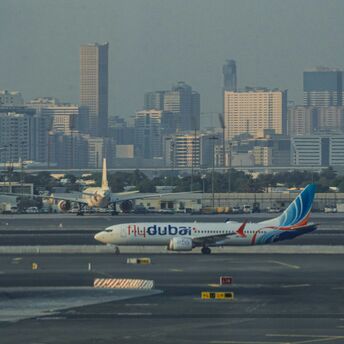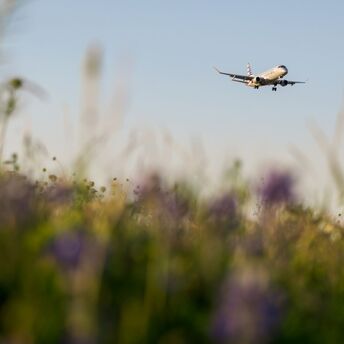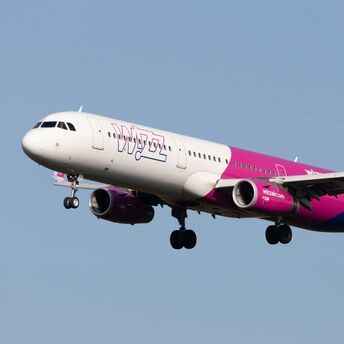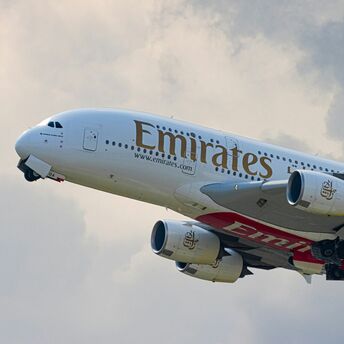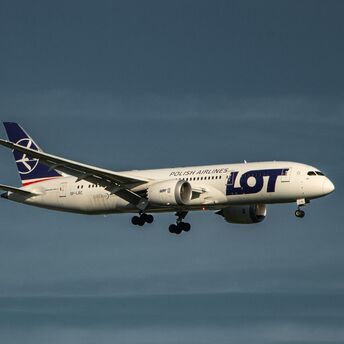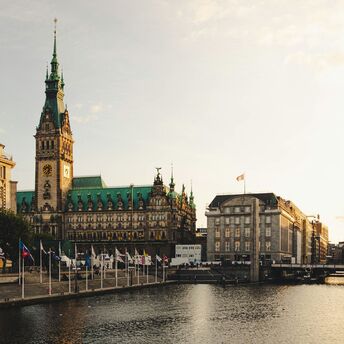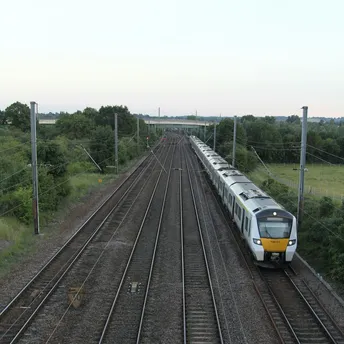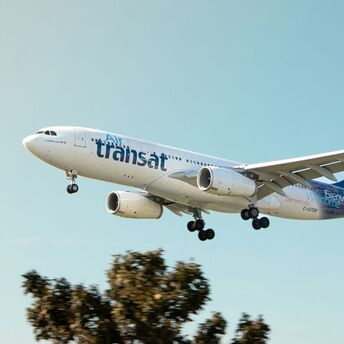Understanding Airport Taxes: A Hidden Cost in Air Travel

When booking a flight, many travelers focus on the advertised ticket price, but hidden within the total cost is a less visible expense—airport taxes. These fees are a crucial part of air travel, yet they often go unnoticed until passengers receive their final bill. Airport taxes, which vary from one airport and country to another, are imposed to fund a range of services, from airport maintenance to security measures, and can significantly influence the overall cost of a flight. In this article, we explore what airport taxes are, how they are calculated, and their impact on both travelers and the aviation industry.
What Are Airport Taxes?
Airport taxes, sometimes referred to as passenger service charges, are fees imposed by airports and, in some cases, governments, that are passed on to passengers through their airfare. These taxes help cover the costs associated with the operation and upkeep of airport facilities, including terminals, runways, and security infrastructure. In addition to maintenance, these charges may also support airport expansion projects, environmental initiatives, and customs services for international travelers.
Typically, airport taxes are included in the total price of a ticket, which means passengers are often unaware of the breakdown of these charges unless they carefully examine their booking receipt. While they may seem like a small portion of the overall ticket price, airport taxes can vary significantly depending on the destination and the airport’s operational costs, making them an important factor in the final cost of a flight.
Types of Airport Taxes
There are various types of airport-related taxes that passengers may encounter, each serving a specific purpose. Common categories include:
- Passenger Service Charges: These fees cover the use of airport facilities, such as terminals, lounges, and transportation within the airport. They are typically charged per passenger, regardless of whether they are flying domestically or internationally.
- Security Fees: As security has become a paramount concern in modern air travel, many airports impose security taxes to help cover the costs of screening passengers and luggage. These fees contribute to the funding of airport security personnel, equipment, and other protective measures.
- Departure Taxes: In some countries, a departure tax is levied on passengers leaving the country. This tax is often a government-imposed charge, with the funds used to support national infrastructure or environmental programs. Departure taxes are more common in international airports and can vary depending on the destination.
- Environmental Charges: With the growing focus on sustainability in aviation, some airports have introduced environmental taxes. These fees are aimed at reducing the carbon footprint of air travel and may be used to fund green initiatives, such as carbon offset programs or renewable energy projects at the airport.
How Are Airport Taxes Calculated?
Airport taxes can differ widely based on several factors, including the airport’s location, the type of flight (domestic or international), and the airline operating the route. Airports with higher operational costs, such as those located in major metropolitan areas, often charge higher taxes to cover their extensive services and infrastructure. For example, London Heathrow, one of the busiest airports in the world, is known for its high passenger charges, which contribute to the airport’s large-scale operations and expansions.
In some cases, airport taxes are determined by government regulations, with the funds used to support broader national projects. For instance, the UK’s Air Passenger Duty (APD) is a government-imposed tax that applies to all passengers departing from UK airports. The amount of APD varies depending on the distance of the flight and the class of travel, with long-haul and premium cabin passengers paying higher rates.
The Impact of Airport Taxes on Travelers
For passengers, airport taxes can have a significant effect on the overall cost of air travel, particularly on long-haul flights or routes passing through airports with higher fees. While airlines generally include these taxes in the ticket price, it’s important for travelers to understand that a large portion of their fare may be dedicated to covering these additional charges.
For budget-conscious travelers, being aware of airport taxes can help in selecting routes or airports that minimize these costs. In some cases, choosing to fly from a nearby airport with lower taxes can lead to substantial savings. For example, flying out of a regional airport instead of a major international hub may result in lower airport fees, even if the base airfare is similar.
Additionally, passengers should note that some airlines offer itemized billing, where airport taxes and other fees are listed separately from the base fare. This transparency can help travelers better understand the cost breakdown of their tickets and make more informed decisions when comparing flights.
How Airport Taxes Affect Airlines and Airports
For airlines, airport taxes represent an unavoidable cost that is passed on to customers, but they also play a key role in how airlines price their tickets. Airlines operating at airports with higher taxes may need to adjust their pricing strategy to remain competitive while covering the additional costs. This can sometimes lead to higher ticket prices, particularly for routes that pass through airports with expensive service charges.
Airports, on the other hand, rely on these taxes to maintain and enhance their operations. The revenue generated from passenger service charges, security fees, and other taxes helps airports fund everything from daily maintenance to large-scale construction projects, such as terminal expansions or runway upgrades. For airports that serve as major international hubs, these funds are essential for accommodating the high volume of passengers and ensuring that operations run smoothly.



